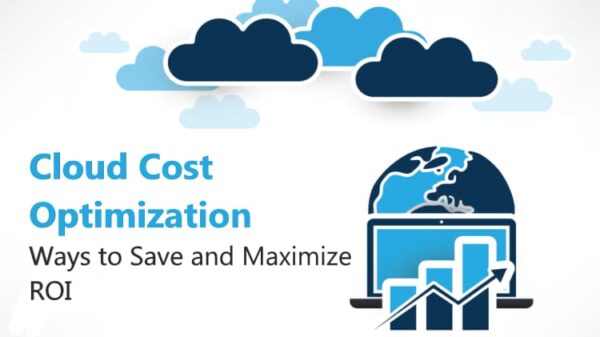In today’s era, cloud computing is involved in our everyday life. From Google Drive to Facebook, everything is used on the cloud platform. Cloud technology has not only made everything quick, easy and highly accessible but it has also brought a revolution in the way of working for almost every business.
Now, most firms don’t rely on their office desktop storage because it can push them far behind in the race of competition and technological adoption. In addition to anywhere, anytime access, cloud computing gives the advantage of enhanced security, multiple access, high reliability and high uptime. That’s why today, most of the businesses are having at least one of their functions in the cloud.
But do you know when this revolutionary technology was introduced? How it went through different modifications and transformations? And how it changed from an alien technology to a new normal for businesses?
Cloud computing took several years and a lot of transformations to finally turn into the form in which we know it today. Several people and companies shaped the cloud computing to perfection and made it possible to be available and used by companies and individual all over the world.
So let’s look at the evolution and transformation of cloud computing through this article.
The roots of cloud computing technology (1950s)
The first roots of cloud computing technology can be found in 1950s, when a central computer was used for multiple access through dumb terminals. The main function of these dumb terminals was to provide access to the mainframe. But at that time, the cost of mainframe computer was very high and that’s why, for most of the organizations, it was an economically unfeasible solution and even the large storage capacity provided by the mainframe computer was not required by a normal user.
The idea of cloud computing as a public utility (1960s)
When John McCarthy quoted in 1960 that ‘computing may someday be organized as public utility’, no one knew that cloud computing will actually become a part of everyone’s life. His early innovation of time-sharing model of computing or networking gave birth to cloud computing (the delivery of computing as a service, rather than a product). His model of time sharing allowed users to share data by connecting to a central computer, which minimized the cost of using computers.
Introduction of VM (1970s)
In 1970, IBM came out with a path-breaking operating system which was known as VM. This allowed simultaneous operation of more than on operating system in an isolated environment. Through VM, computers (virtual) could be operated inside one physical hardware which in turn can run a completely different operating system. This innovation utilized the shared access mainframe of 1950s to another different level, allowing various computing environment to be located in one single environment. In the evolution of communication and information, VM played a major role of a powerful catalyst.
VPN connections by Telecommunication company and Salesforce.com (1990s)
Before offering VPN connections, Telecommunications companies offered single dedicated point-to-point data connections. But with Virtualized Private Network, telecom companies were able to provide the same service at a lower cost because now instead of a building physical infrastructure for owing connection to different users, now they were providing shared access with the same physical infrastructure. And in the same era, the giant technological concept- internet, expanded all over the world.
This expansion gave birth to Grid(solving large problems with parallel computing) which can be considered as a synonym of cloud computing but with a disadvantage, which was, if a single part of software node fails to process, then other software nodes will also fail. That’s why the concept of Grid didn’t turn out to be fruitful.
In the same era, Salesforce.com created a major milestone for cloud computing by introducing the delivery of enterprise application via sample website. This service allowed both mainstream and specialist software firms to bring up their applications over the internet.
Amazon Web Service (2002)
The next development in the field of cloud computing was made by Amazon Web Services in 2002 by introducing a pack of cloud-based services which included computation, storage, human intelligence through Amazon Mechanical Turk.
Elastic Computer Cloud (2006)
Later in the year 2006, Amazon set another milestone in the journey of cloud computing by introducing Elastic Computer Cloud (EC2), which allowed small firms and individuals to rent computers on which they can run their applications. In the same year, Google came up with Google Docs with directly delivered the cloud services to the end users.
Web 2.0 (2009)
In the year 2009, Web 2.0 engraved its name on another milestone of cloud computing. Google and other stared offering browser-based applications via Google and other apps.
From an economically unfeasible solution to the need of every business, Cloud computing has covered a long road of evolution in which it went to various transformations and modifications by people and companies. Now even imagining the world without cloud computing looks impossible it has now got woven into our day to day life.

























































































































































































